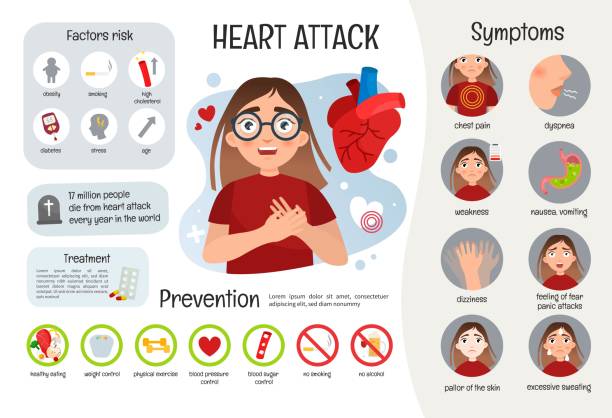Procedures For Congenital Heart Disease
- Home
- Procedures for congenital heart diseases
Congenital heart defects are the kind of heart ailment where the structure of the heart is abnormal or defective from birth itself. These defects can involve the walls of the heart, the valves, and the arteries and veins that carry blood to the heart or out to the body. Congenital heart defects disrupt the normal blood flow through the heart. There are various congenital heart defects that range from simple defects with no symptoms to complex defects with major, life-threatening symptoms.
Over the past few years, the diagnosis and treatment of these complex defects have greatly improved. In addition, all children with complex congenital heart defects live to adulthood and lead active and productive life. For diagnosis of congenital heart disease in adults, our cardiologist and team at Medwin Heart Care Clinic will do a physical examination and listen to your heart with a stethoscope. Diagnostic tests can be recommended such as 2D Echocardiography, ECG (Electrocardiogram), Stress test, MRI, Chest X-Ray, Pulse Oximetry, or Cardiac Catheterization to check the heart’s health and diagnose conditions that may cause similar signs and symptoms. Our clinic is equipped with advanced resources for the diagnosis and management of various congenital heart diseases.
What are the types of Congenital Heart Defects?
- Holes in the Heart (Septal Defects)
The holes in the septum, the wall that separates the chambers on the left side of the heart from those on the right, allow blood to mix between the two sides of the heart. - Narrowed Valves
- Stenosis is a condition in which the flaps of a heart valve swells, gets rigid, or co-join together, preventing the valve from opening fully. This forces the heart to work harder to pump blood through the valve.
- Atresia, this defect occurs if a valve is not fully developed and lacks a hole for blood to pass through. Atresia of a valve is generally categorized into more complex congenital heart disease.
- Regurgitation, this occurs when the valve doesn’t close completely, so blood leaks back through the valve.
- Tetralogy of Fallot – Pulmonary valve stenosis, a large VSD, an overriding aorta, and right ventricular hypertrophy – these four defects indicate that enough blood is unable to reach the lungs to get oxygen, and oxygen-poor blood flows throughout the body
What are the symptoms of Congenital Heart Disease?
Patients with congenital heart defects may get the following symptoms:
- Rapid breathing
- Cyanosis, a pathologic condition (getting a bluish tint to the skin, lips, and fingernails)
- Fatigue (tiredness)
- Poor blood circulation

What are the procedures we provide for Congenital Heart Disease?
Several procedures and treatments are available to treat adults with congenital heart diseases such as:
- Catheter-based treatments: - The catheter treatment allows to repair few of the congenital heart disease in adults using thin, flexible tubes called catheters. Such interventional treatments allow a repair to be done without open-heart surgery. Our doctors insert a catheter through a blood vessel, usually in the groin or wrist, and guide it to the heart. Sometimes more than one catheter is used. Once in place, doctor pass small tools through the catheter to repair the congenital heart defect. Special umbrella shaped small devices can be used to treat these defects.
- Open-heart surgery: - If catheter procedures can't fix a congenital heart defect, open-heart surgery may be suggested by our cardiologist.
- Heart transplant: - If a serious heart defect can't be repaired, a heart transplant might be an option given by our cardiologist
- Implantable heart devices: - An implantable device (implantable defibrillator or ICD) that helps control the heart rate (pacemaker) or corrects life-threatening irregular heartbeats can improve some of the complications associated with congenital heart disease in adults
If you have a congenital heart defect, please get it evaluated at the earliest and follow the advice of our experts for timely management.

